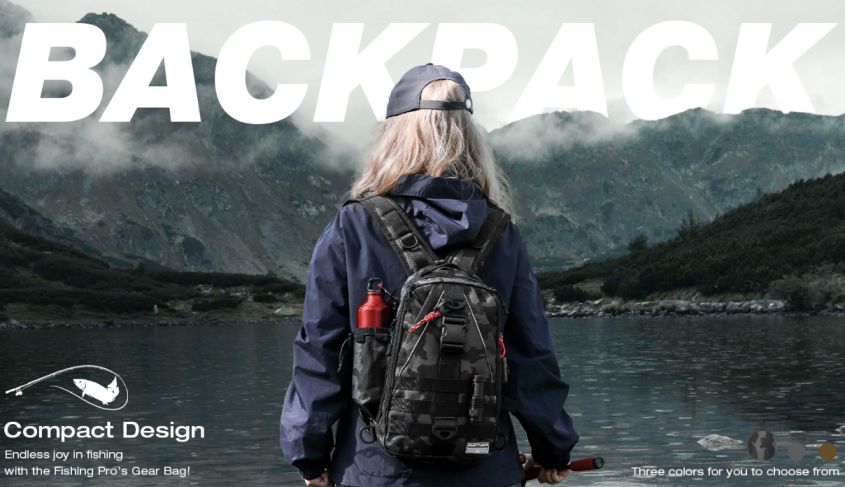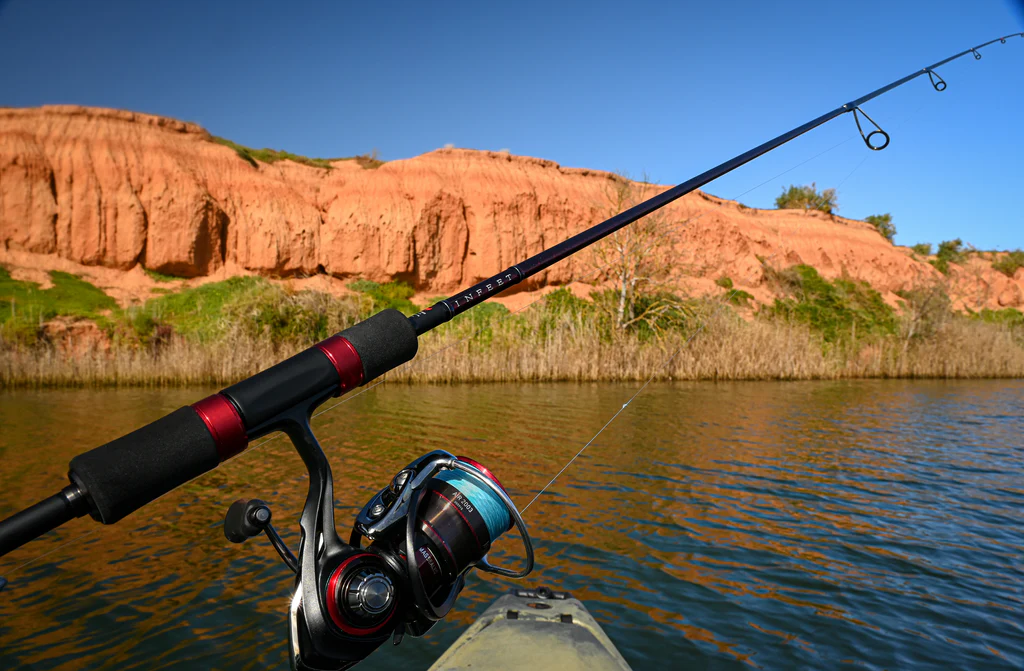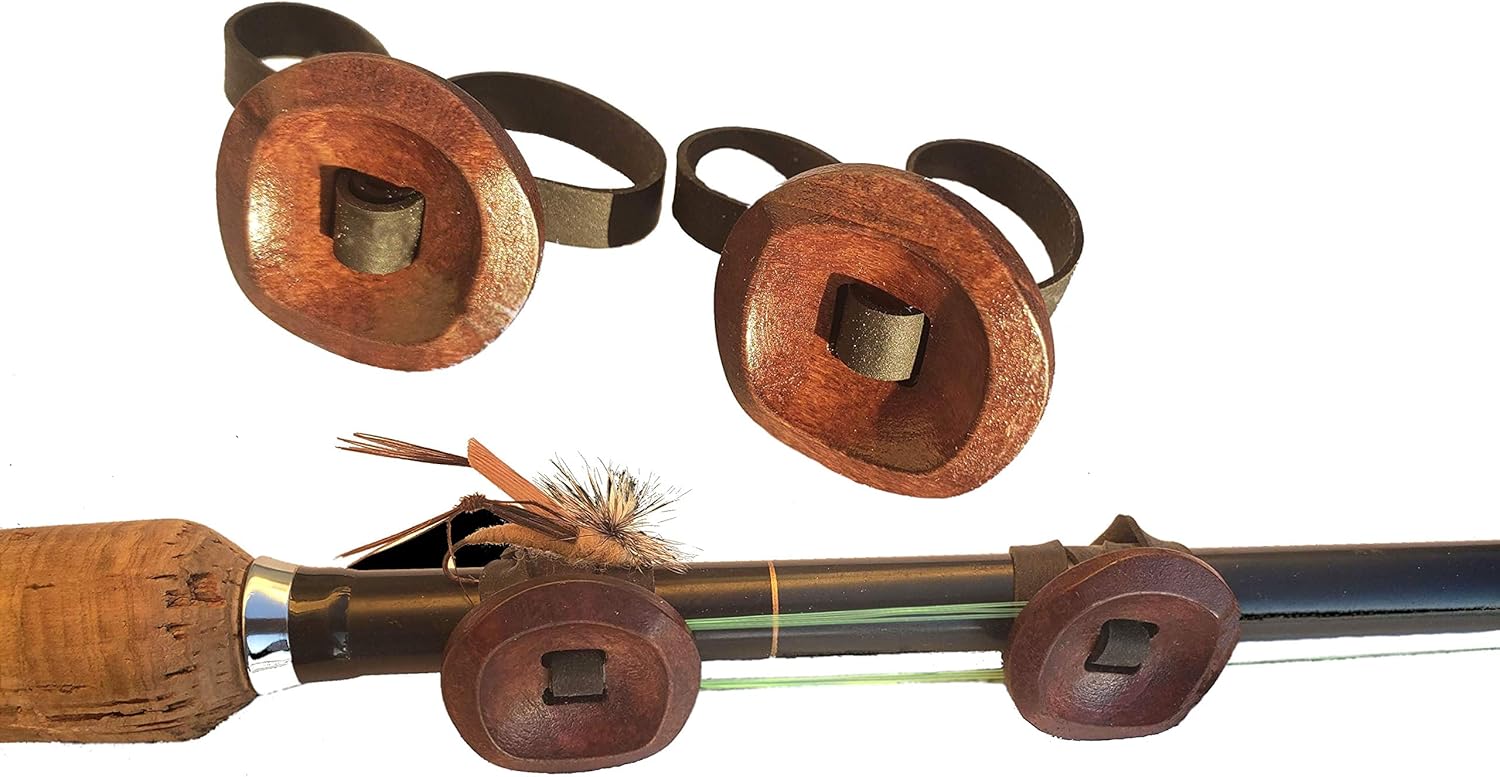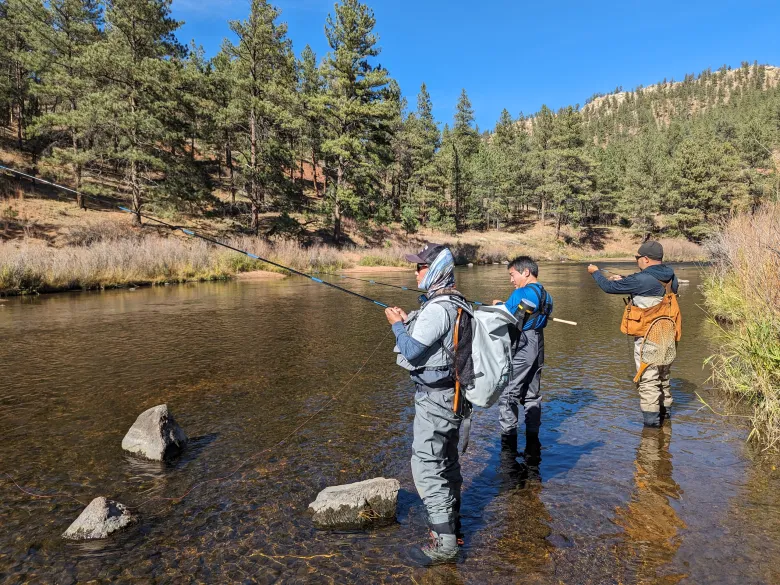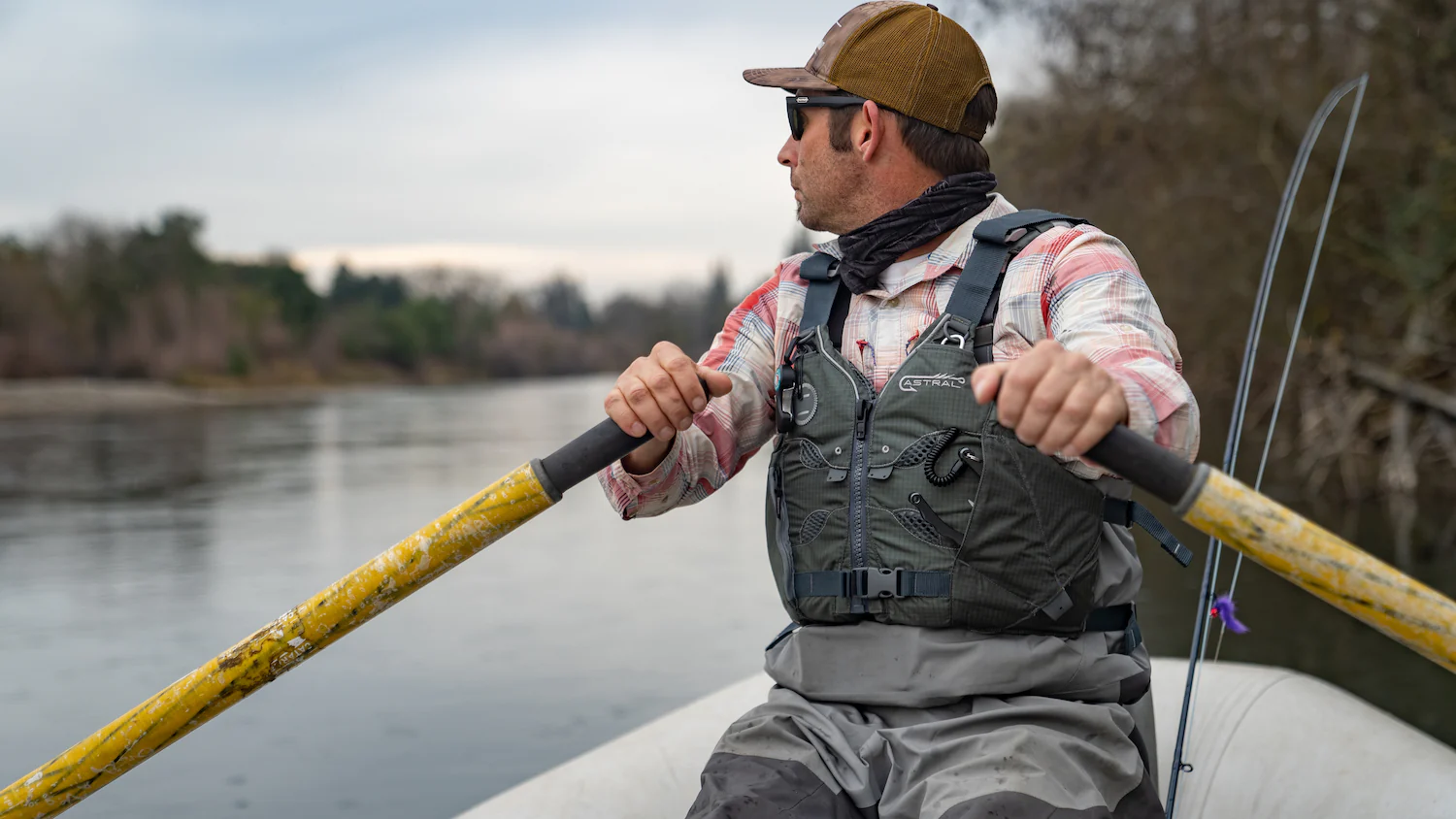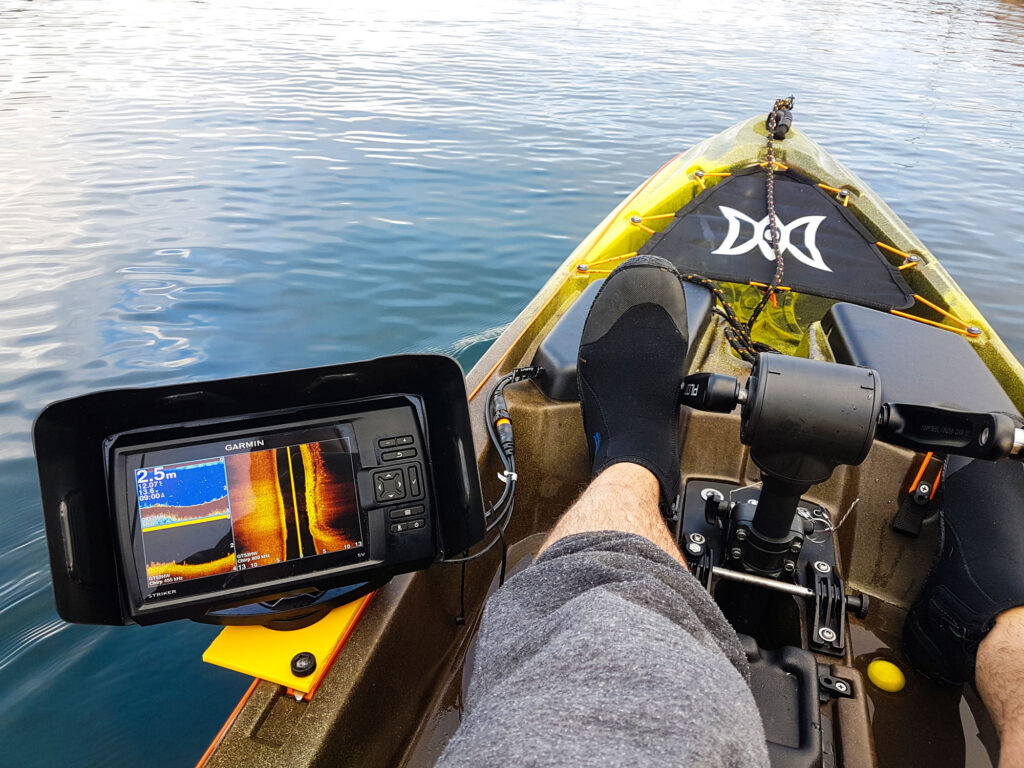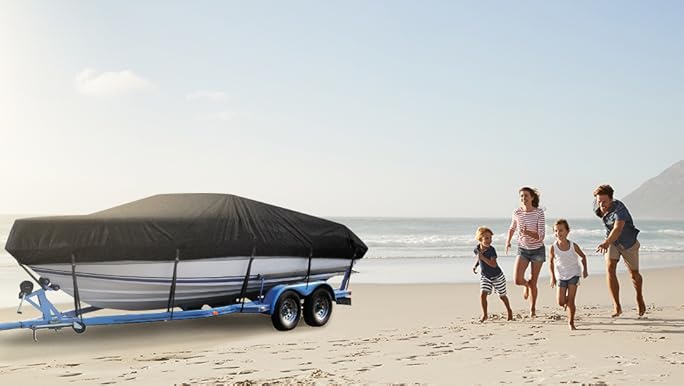Table of Contents
Kayak Stability
Fishing kayak stability is crucial when casting, retrieving, and even standing to fish. Most fishing kayaks for beginners prefer sit-on-top models because they are extremely stable and allow easy access to gear. For those aiming to fish in calm waters like lakes or slow-moving rivers, a stable fishing kayak with a wider hull can be a game-changer. While there are many top fishing kayaks 2024 on the market, wider models offer better stability, especially if you like to fish while standing.
Kayak Length and Width
Where and how you plan to fish greatly influences the kayak you should choose. Longer models, often over 12 feet, are ideal for lake or ocean fishing because they track better and are faster. But if you’re navigating shallow waters like creeks or small rivers, a compact kayak for small rivers—about 10 feet in length—can be more manageable. A lightweight kayak is easier to maneuver in tight spaces, while wider designs provide extra stability, even if they sacrifice a bit of speed.
For anglers who need better control, a longer kayak may be the best choice since it provides long-distance fishing kayak capabilities with improved tracking. On the other hand, a compact fishing kayak might be perfect if stability and portability are priorities.
Weight Capacity and Gear Storage
A fishing kayak’s weight capacity is another critical factor to consider, especially if you plan on carrying bulky gear. Your fishing kayak needs to support your weight along with your equipment, tackle boxes, coolers, and any other items you might bring on your trip. Most durable fishing kayaks can handle between 300 and 500 pounds, ensuring you can pack everything you need for a successful day on the water.
When it comes to kayak gear storage, many models come equipped with rod holders, storage hatches, and bungee storage on the deck. These features keep your gear organized and easily accessible, making your time on the water more enjoyable. Some kayaks even have dedicated compartments to store fragile or expensive items that shouldn’t get wet.
Comfortable Seating
Since you’ll be seated on your kayak for hours, kayak fishing seating comfort should be a top consideration. Look for models with fully adjustable seats and high backs to support your posture, especially if you have lower back issues. Best fishing kayaks often include seating made from semi-breathable materials to keep you cool on hot days, which is especially beneficial if you’re using a pedal-driven fishing kayak and will be exerting more effort with your legs.
Soft, ergonomic seating can also make a huge difference for those using pedal fishing kayaks since you’ll be pedaling and fishing at the same time. A small kayak with good seating means you can focus on catching fish without feeling fatigued.
Paddle vs. Pedal-Driven Kayaks
Choosing between paddle kayaks and pedal kayaks depends on your fishing style. Paddle fishing kayaks are classic and give you complete control using a double-bladed paddle. They are typically lighter and more affordable, but they do require you to use your hands constantly, which can be a challenge when trying to multitask.
On the other hand, pedal-driven kayaks offer hands-free operation, letting you focus on fishing while your feet do the work. These models are perfect for those who want to troll or cover larger distances without wearing out their arms. For anglers looking to maximize their time on the water, a pedal fishing kayak is the ideal choice.
Material and Durability
The construction of your fishing kayak will influence its durability and performance. Most durable kayaks are made from rotomolded polyethylene, which can withstand rough waters, rocks, and heavy handling. These models tend to be heavier but are highly resilient. However, if you need a lightweight kayak, you might consider options made from fiberglass or carbon fiber, which are lighter yet more expensive.
If you frequently fish in shallow or rocky waters, you’ll want a kayak that can handle these conditions without taking damage. Look for terms like best materials when comparing options to ensure you find a model that meets your durability needs.
Portability and Weight
For those prioritizing portability, the overall weight of the fishing kayak is a key consideration. A lightweight fishing kayak is easier to load onto your car and transport to your fishing spot. Some models have handles for easier portaging, while others are designed for use with a kayak cart to simplify transportation even further.
If space is an issue, or if you prefer a more manageable option, an inflatable fishing kayak could be the way to go. These kayaks are easy to use, lightweight, and can be packed into a bag when deflated—making them a great choice for those with limited storage space.
Conclusion
Selecting the right fishing kayak requires careful consideration of various factors, from kayak stability to seating comfort and storage capacity. Whether you want a pedal kayak for hands-free fishing or a paddle fishing kayak for navigating tight waters, finding the best kayak can transform your fishing experience. With the right balance of space, durability, and comfort, you’ll be well on your way to finding the ideal kayak that meets all your fishing needs.

